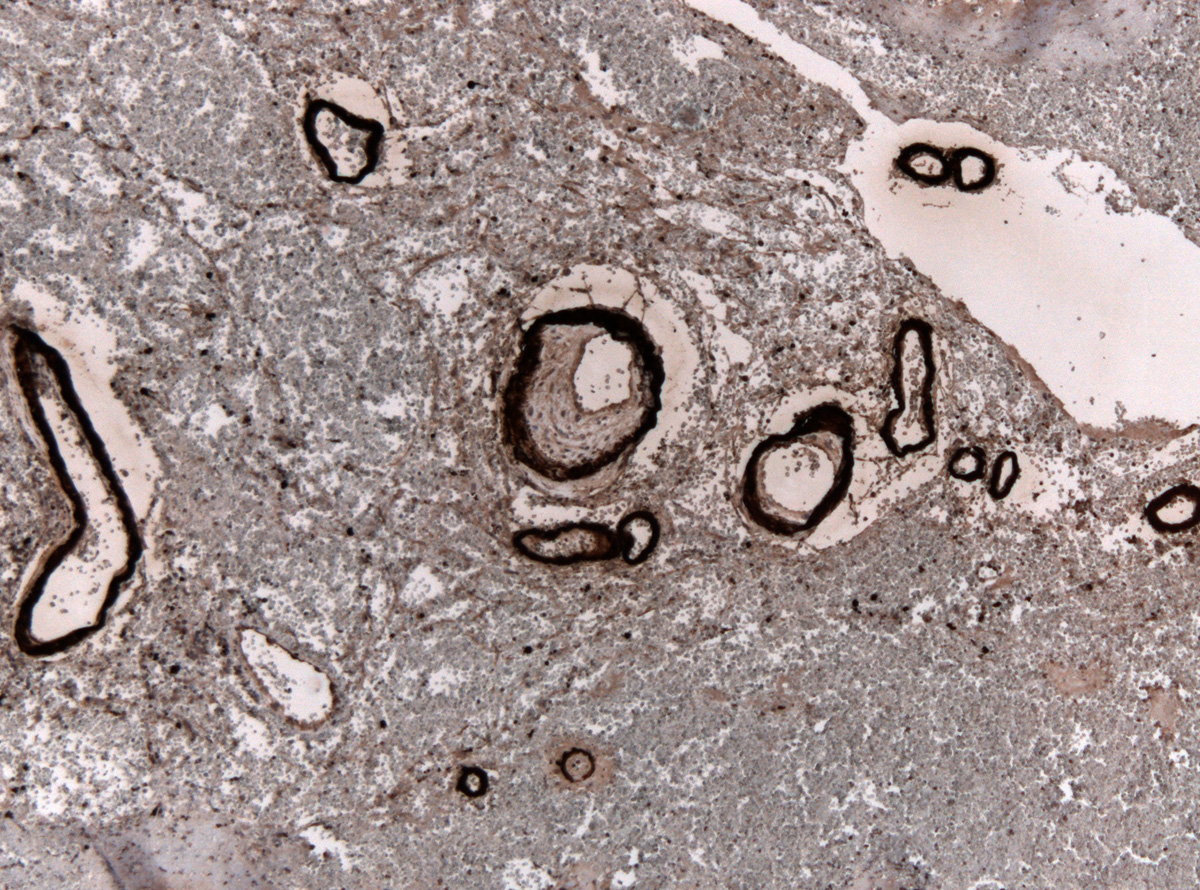
Cerebral hemorrhage represents the bleeding into the brain. This may cause serious damage to the brain with numerous complications. In certain patients cerebral bleeding may be successfully prevented. Since this bleeding is typically caused by certain underlying conditions the prevention basically includes proper and constant control of the underlying illness. Prevention is also necessary for people who are at higher risk of developing cerebral hemorrhage.
Cerebral Hemorrhage - Prevention
Prevention is the best cure and this rule applies on prevention of cerebral hemorrhage as well.
Elevated blood pressure, especially if a person is suffering from atherosclerosis, is the leading risk factor for cerebral hemorrhage. High blood pressure must be brought under control and properly regulated by medications and cerebral hemorrhage can be successfully avoided.
In infants, for example, it is not possible to predict whether cerebral hemorrhage is going to occur or not. Once the hemorrhage has occurred it causes certain symptoms and signs and only then the doctors treat the patient. Cerebral hemorrhage in infants is very serious and must be treated promptly.
Pregnancy is one of the risk factors for cerebral hemorrhage. Namely, pregnant women are more likely to develop cerebral hemorrhage comparing to other people. Risk of cerebral hemorrhage during pregnancy is reduced by proper care of the mother and the baby. Women who are suffering from certain conditions of the brain blood vessels are particularly monitored during pregnancy for potential bleeding.
Aspirin and similar medications which prevent coagulation of the blood must be administered with the dose of precaution particularly in patients who may develop cerebral hemorrhage. These medications are potential triggers for intracranial bleeding.
People suffering from liver, kidney and certain blood disorders are at higher risk of cerebral hemorrhage. The underlying disease must be diagnosed on time and brought under control and this will be a perfect prevention against potential cerebral bleeding.
Several blood disorders including leukemia, hemophilia, sickle cell anemia and low platelet count increase the chance of intracranial bleeding. These patients need to be monitored for so that the fist signs and symptoms of cerebral hemorrhage can be noticed and patient treated on time.
And finally, people who are suffering from aneurisms may require surgery. In case that aneurysm cannot be operated due to its location patients require careful monitoring for the signs and symptoms of potential rupture of the aneurysm.
Treatment for Cerebral Bleeding
Unfortunately, not all cases of cerebral bleeding can be prevented. The diagnosis must be set on time a treatment starts as soon as possible. Apart from typical symptoms and signs of cerebral bleeding CT scan or MRI of the head confirms the condition. Additional tests and examination identify the underlying cause. The treatment includes application of intravenous fluids and specific medications such as anticonvulsants and medications which control blood pressure. Doctors additionally administer corticosteroids, painkillers and diuretics. Unfortunately, in spite of prompt application of drugs patients who have experienced brain hemorrhage may suffer from permanent damage of certain brain function and develop neurological sequels.

















Your thoughts on this
Loading...